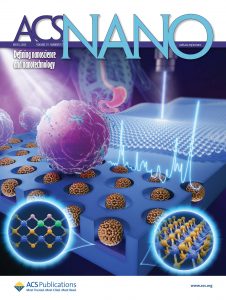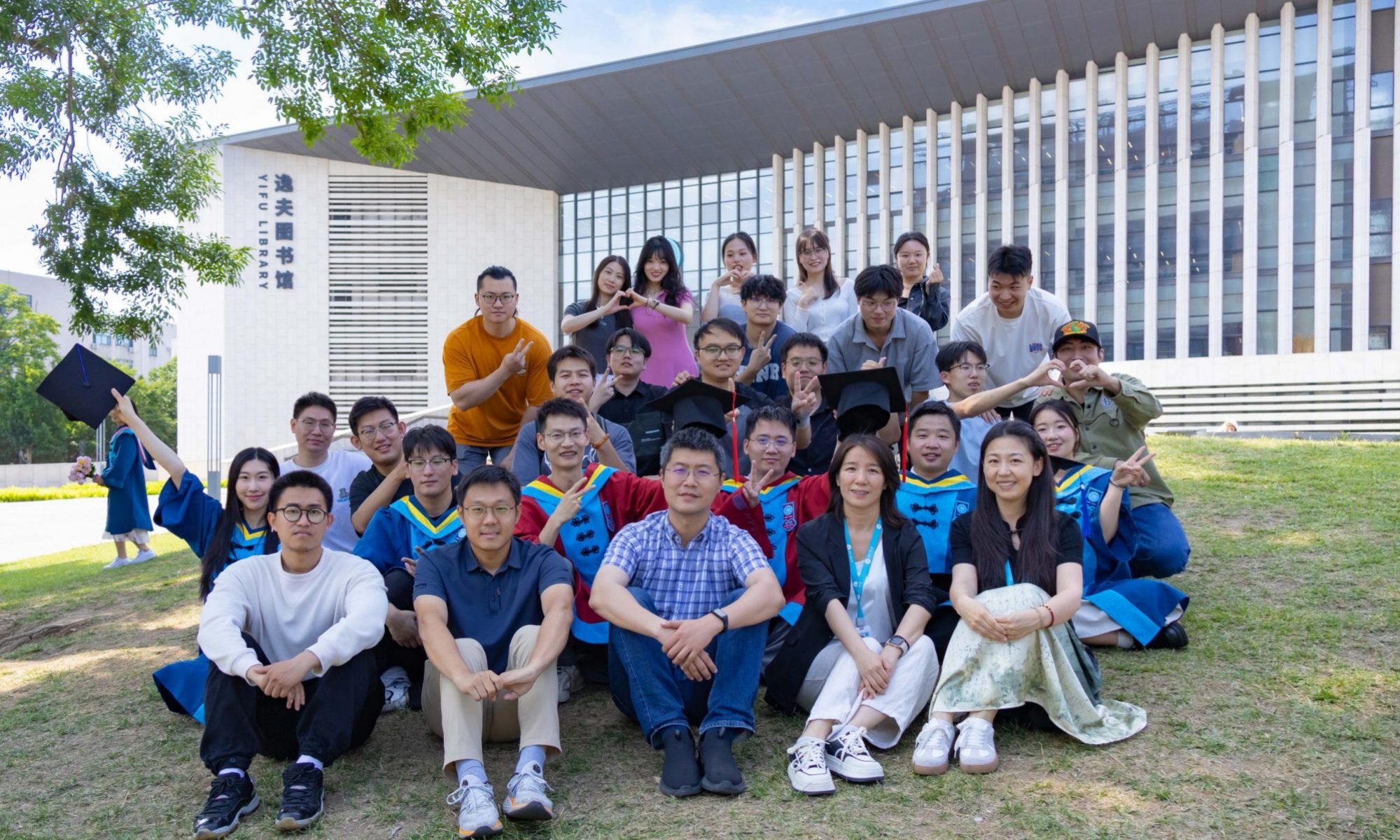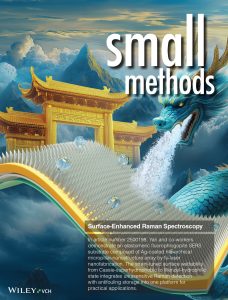北京工业大学,物理与光电工程学院,闫胤洲
Institute of NanoPhotoniX (INPX) 微纳光学研究所

微信扫一扫 关注实验室公众号
News
(30/11/2025) Congratulations to Ms. Zhiwen Gao, for the Best Poster Award of the 1st Conference on Laser Manufacturing and Additive Manufacturing.
(25/11/2025) Congratulations to Ms. Hongmei Li and Mr. Zelin Chen, for the 2nd and 3rd Awards of the 2025 Mechanical Engineering Postgraduate Academic Forum of UCAS.
(21/10/2025) Cover of Small Methods. This cover image refers to the article “Elastomeric Substrates with Femtosecond(fs)-Laser Fabricated Hierarchical Micropillar-Nanostructures for Strain-Active Sub-fM Ultrasensitive Raman Detection” by Hang Pan, Yan Zhao, Yinzhou Yan and co-workers.
(12/09/2025) Congratulations to Mr. Hang Pan, for the Best Paper Award of the 16th National Conference on Laser Processing.
(06/09/2025) A plasmonics-free heterojunction composed of few-layer MoS2 flakes capping onto the acceptor-rich β-Ga2O3 microstrips is synthesized, achieving semiconductor SERS trace-detection via deep-defect-mediated chemical enhancement . Link
(13/08/2025) A novel general deep learning algorithm of ResUNet is employed for reconstruction of Raman spectra from low-cost handheld spectrometers. The model is trained by a predesigned Raman spectral dataset from only 30 substances covering the full detective wavenumbers of the spectrometer. It is able to reduce the excitation laser power by 28-fold in spectral acquisition and well-reconstruct major Raman characteristic peaks, avoiding the potential damage of analyte molecules. Link
(06/06/2025) A nanohole-in-microsphere array (NiMA) for digital SERS (dSERS) analysis is achieved by high-throughput fs-laser parallel fabrication. The NiMA possesses high precision in liquid sampling (10−18 L) and ultralow limit of detection for single-molecule-level counting following corrected Poisson’s statistics. The developed NiMA-dSERS successfully diagnoses rheumatoid arthritis patients by label-free sera with the accuracy of 88.0 %, sensitivity of 92.9 % and specificity of 81.8 %, manifesting the feasibility of dSERS protocol for clinical diagnosis of early-stage autoimmune diseases. Link
(09/05/2025) An elastomeric fluorophlogopite SERS substrate composed of an Ag-coated hierarchical micropillar-nanostructure array is fabricated by fs-laser cross-scribing. The wettability of the substrate is reversibly tuned by mechanical strain from a free superhydrophobic surface in Cassie state to a compressive hydrophilic one in Wenzel state, facilitating to ultrasensitive Raman detection down to 0.1 fM with anti-pollution for long-term storage. Link
(06/05/2025) Cover of ACS Nano. This cover image refers to the article “Ultrafast Laser-Induced 1T′/2H-MoTe2 Nanopattern with Au-Nanoclusters for Raman Monitoring of Cellular Drug Metabolism” by Yao Yao, Yue Zhao, Xinlong Yan, Yinzhou Yan and co-workers.
(18/04/2025) An ultrafast laser parallel fabrication protocol for high-throughput nanopatterning of 1T’-phase on 2H-MoTe2 for in-situ reduction of Au nanoclusters (AuNCs) is developed. The formed AuNCs@1T’/2H-MoTe2 offers a robust bio-SERSomes platform to monitor the metabolic behaviors of living gastric adenocarcinoma cells administrated by therapeutic drugs. Link
(19/03/2025) A angle-twisted interference lithography for narrow-gap Au nanofilm (AuNF) Moire-gratings with tunable absorptance wavelengths is proposed. The synergetic effect of Moire-grating SPR and narrow-gap LSPR enhances the near-field light regardless of the excitation polarization state. It provides opportunities to polarization-insensitive SERS with tunable excitation wavelengths for practical applications. Link
(08/02/2025) A compact microsphere self-interference lithography via a single laser beam incident into a self-assembled dual-layered microsphere array is developed, achieving polarization-dependent high-throughput parallel fabrication of periodic units with nanopatterns. Link
(25/01/2025) An invited review on Recent Advances in Optical Microcavity Enhanced Fluorescence and Raman Spectroscopy (in Chinese) has been published in Chinese Journal of Luminescence. Link
(10/01/2025) A review on Microsphere Super-Resolution Optical Imaging: Principles, Techniques, and Applications (in Chinese) has been published in Journal of Beijing University of Technology. Link
(06/01/2025) Congratulations to Mr. Zelin Chen, for the Outstanding Paper Award of Chinese Journal of Lasers in 2024. Link

